Despite sounding like a futuristic mode of transport, Intelligent Transport Systems (ITS) are actually technologies and systems associated with the management, operation and use of a broad range of transport modes and their inter-relationship with other infrastructure.

The scale and complexity of ITS solutions ranges from individual stand-alone applications through to highly intricate systems deployments. ITS applications are typically implemented to provide solutions to:
- Improve Safety
- Increase Capacity
- Inform Users
- Manage Assets
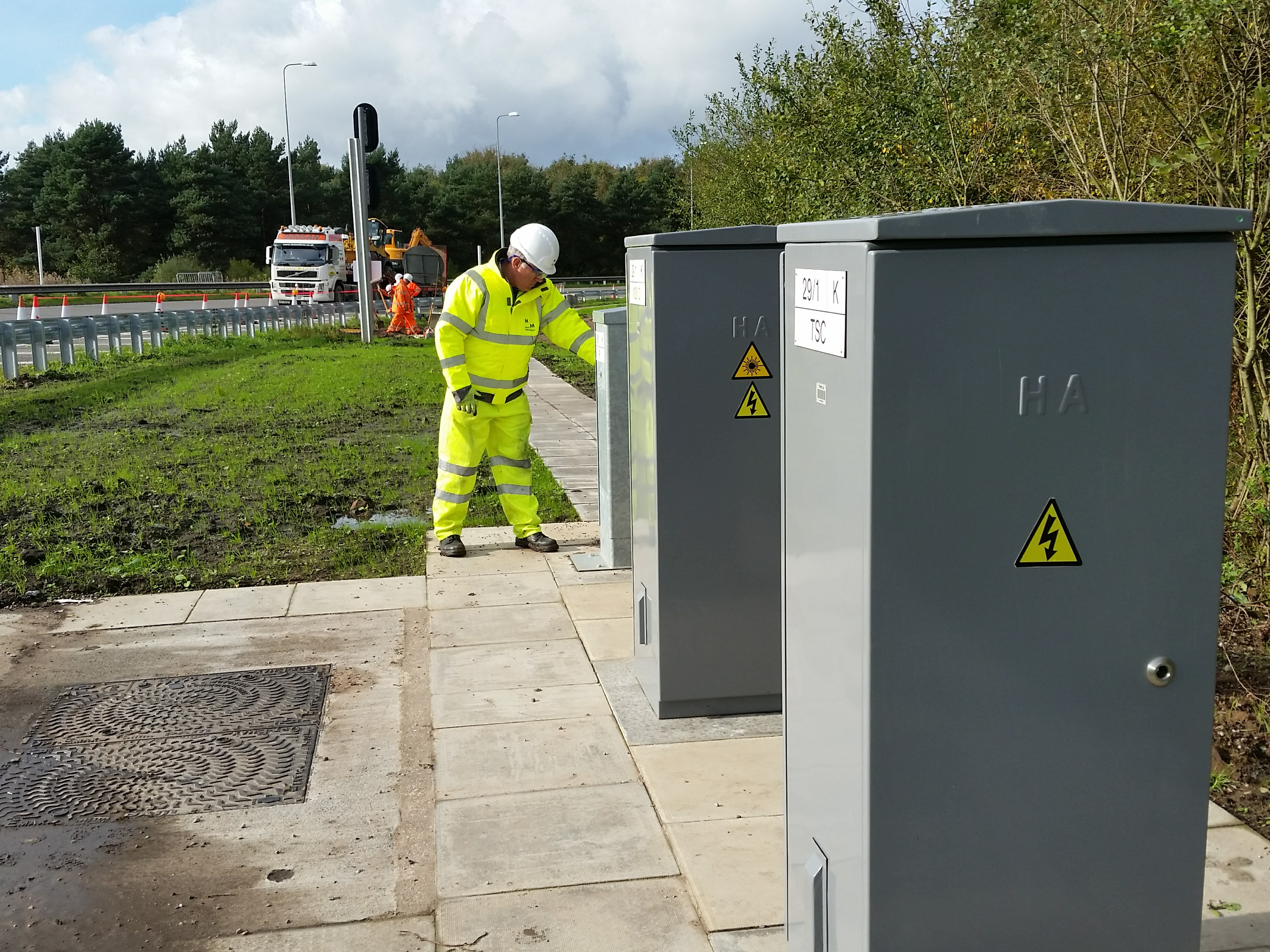
In a Highways context, ITS applications are often grouped into Urban and Inter-Urban categories.
Urban implementations are (as the name implies) the technologies typically deployed in towns and cities.
Inter-Urban category relates to technologies on motorways and trunk roads.
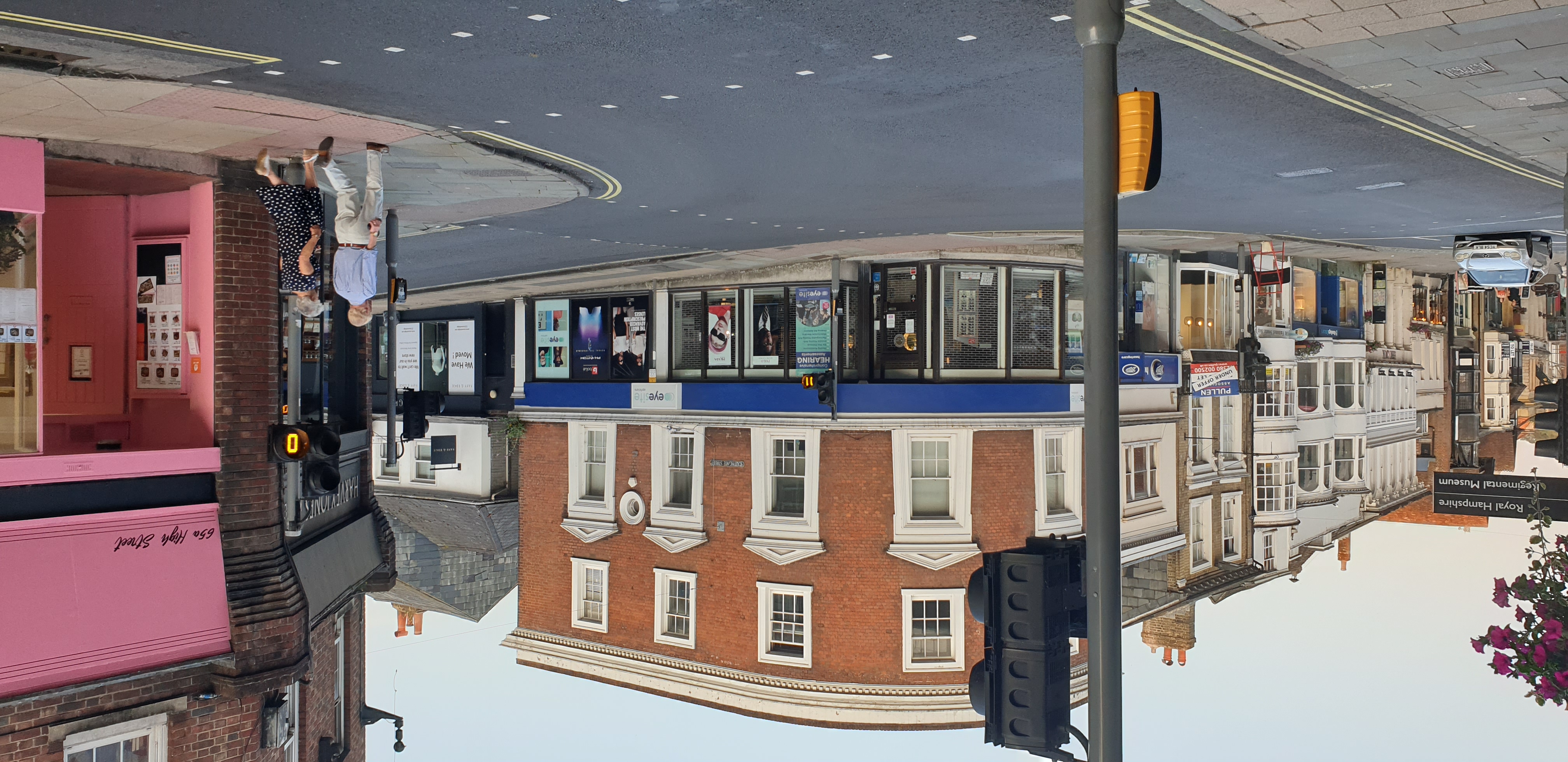
Examples of existing ITS infrastructure range from individual speed activated signs to complex Urban Traffic Control (UTC) Systems which co-ordinate the operation of traffic signals across road networks (typically using real-time data from an array of traffic sensors).
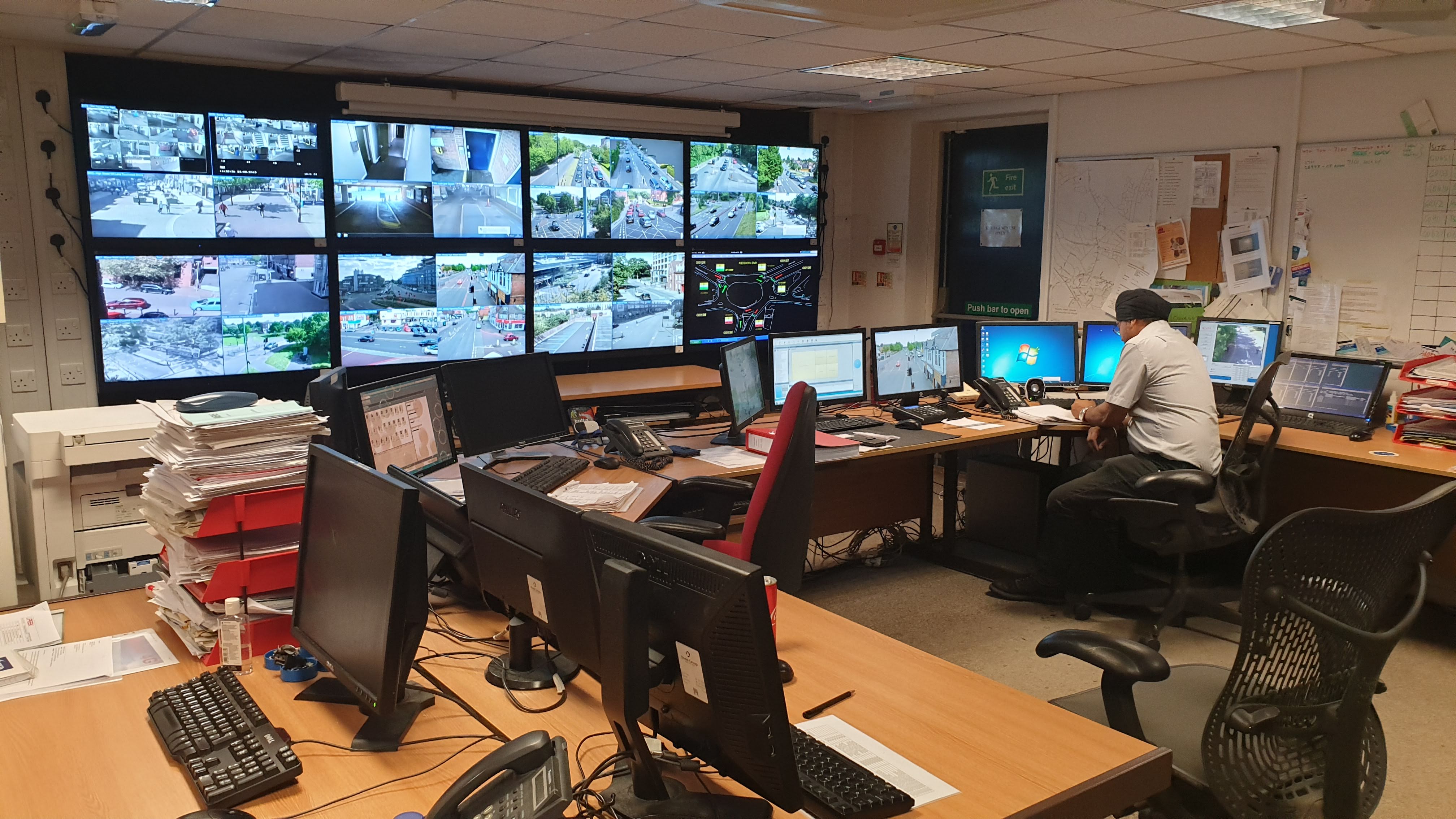
These integrate with a range of different ITS features, such as traveller, journey time, parking and meteorological information sub-systems and incorporate these with active network management features.
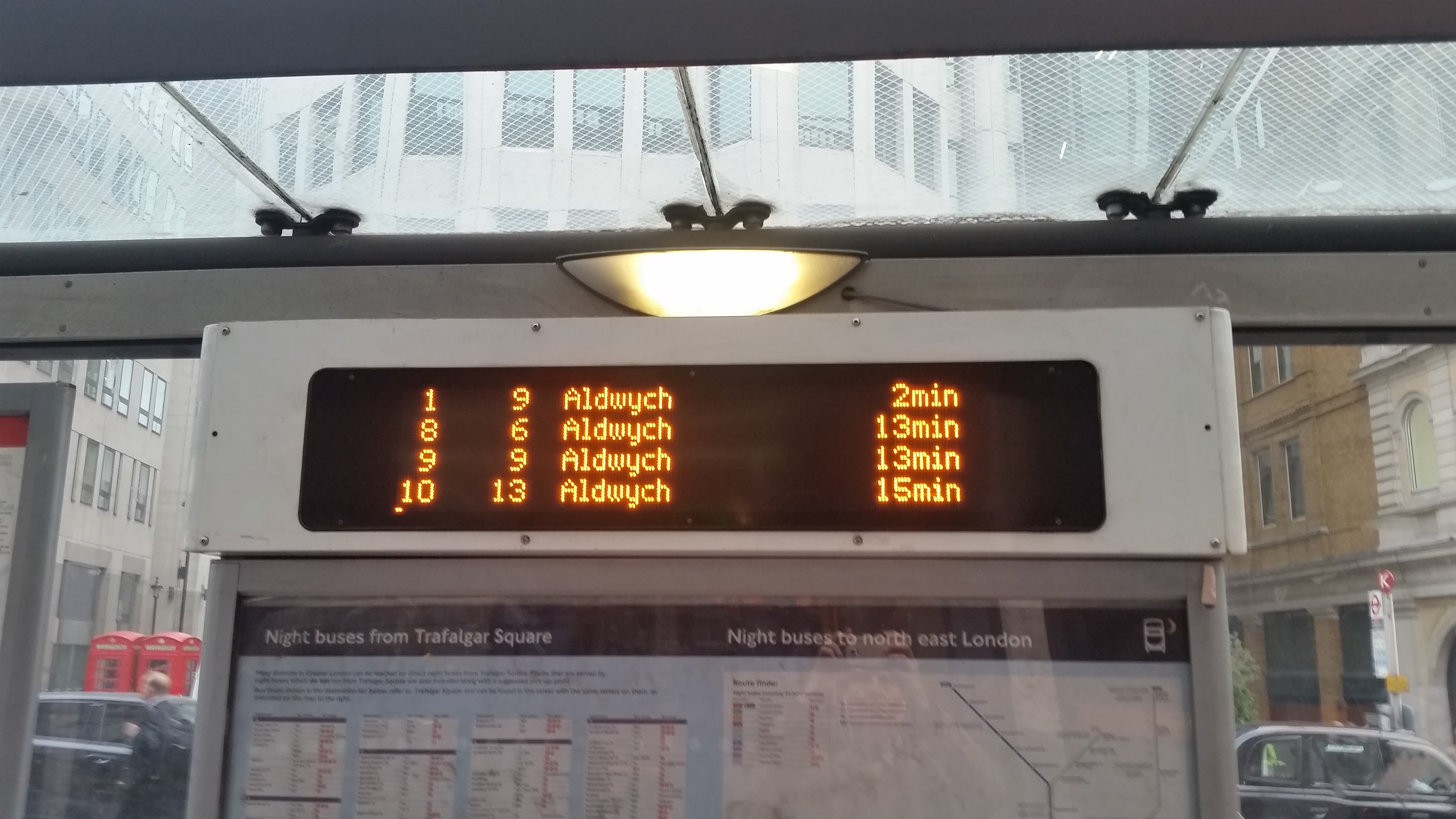
Traffic signals are an example of how ubiquitous some elements of ITS infrastructure have become in our environment, so that the complexities and capabilities of these systems is often overlooked.
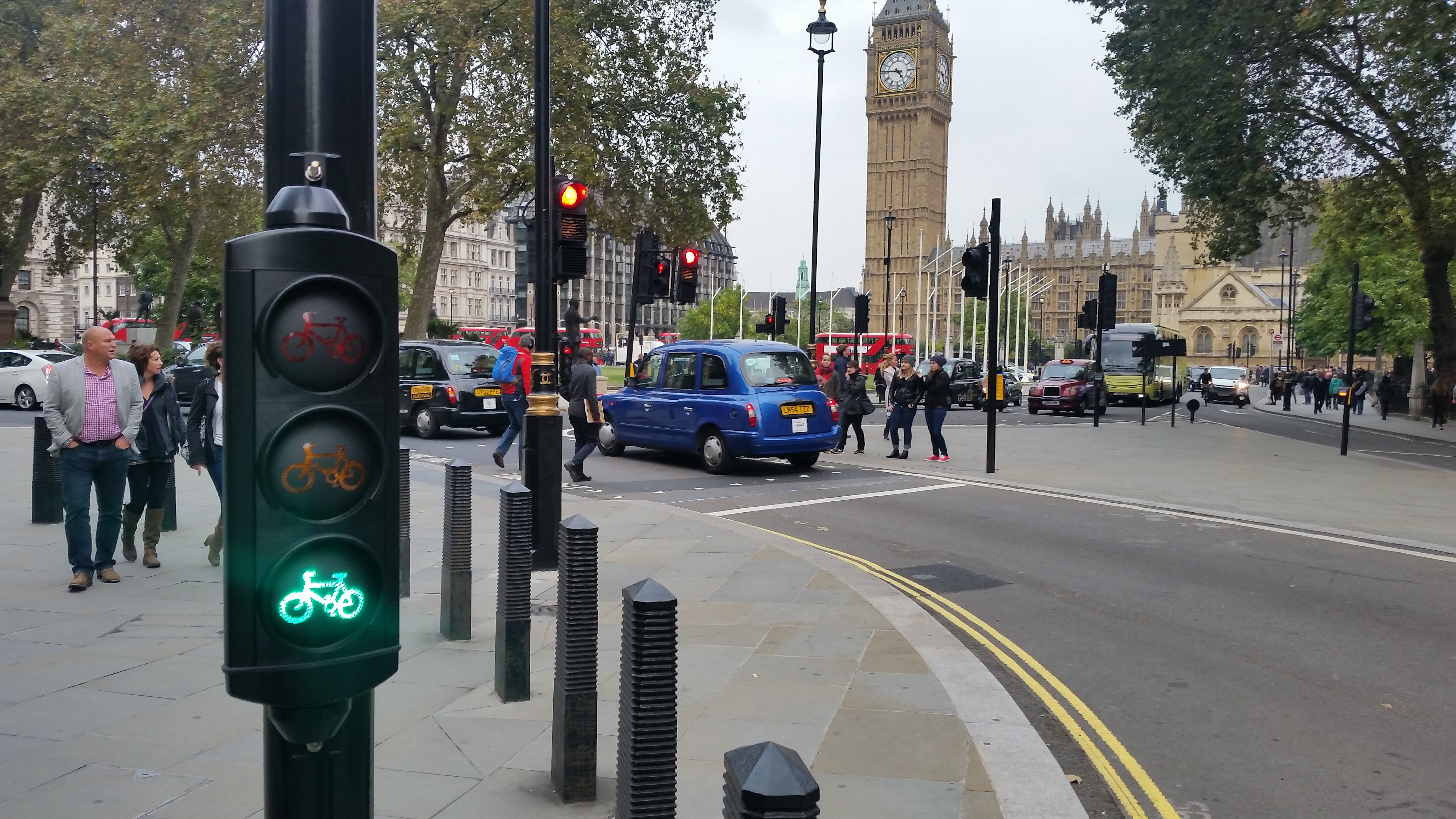
Applications on motorways include the use of technology to actively manage traffic flow by providing information to drivers and using variable speed limits to improve journey time reliability. This is underpinned by the presence of a comprehensive vehicle detection infrastructure which is used to provide the data for the systems which implement the features.
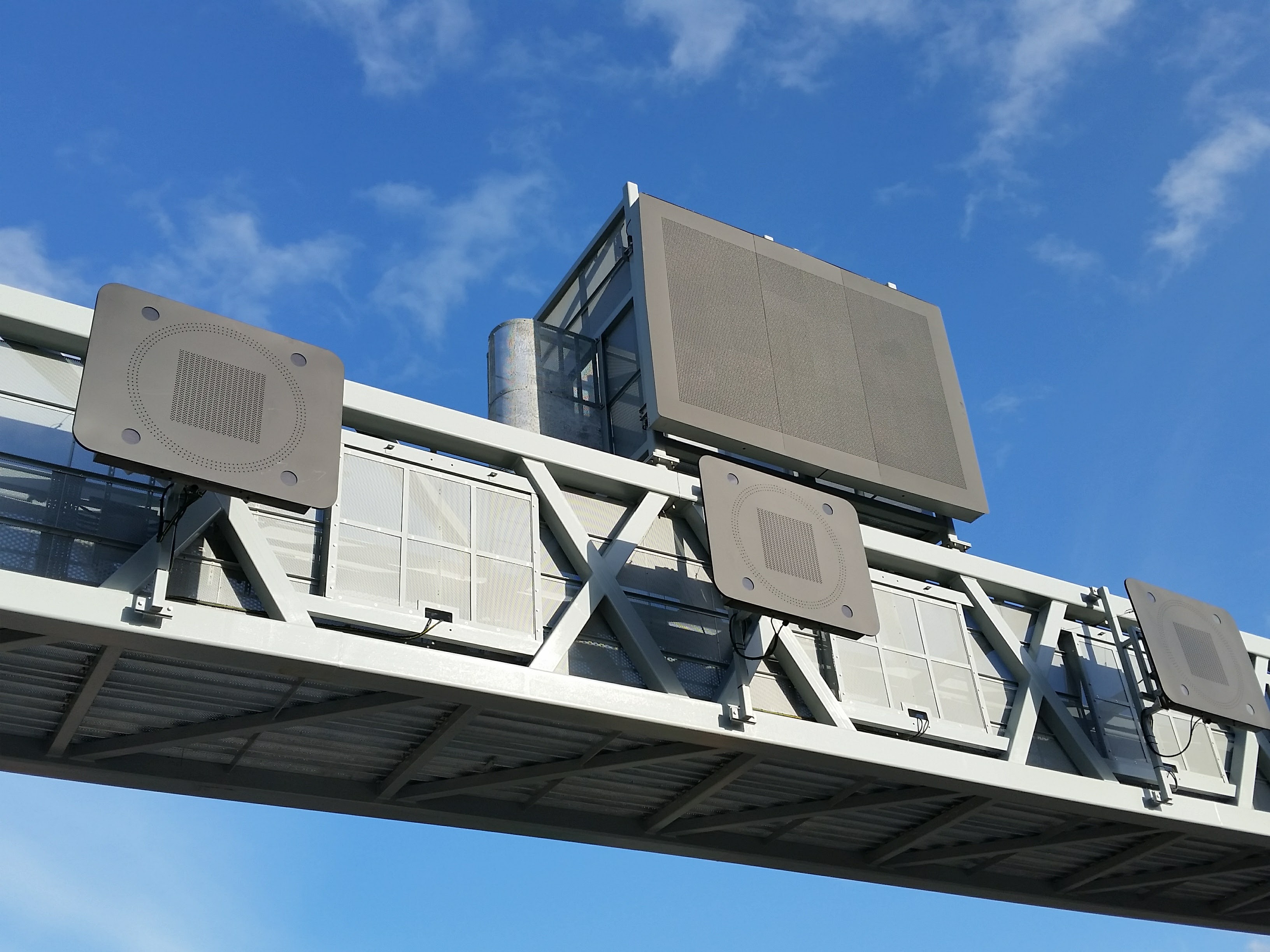
Features such as Ramp Metering, which restricts the volume of traffic entering a motorway, are then triggered by congestion. To improve compliance with these features automatic enforcement systems can detect drivers who ignore speed limits or use lanes which have been closed to traffic. CCTV allows the network operators to visually monitor traffic or incidents.
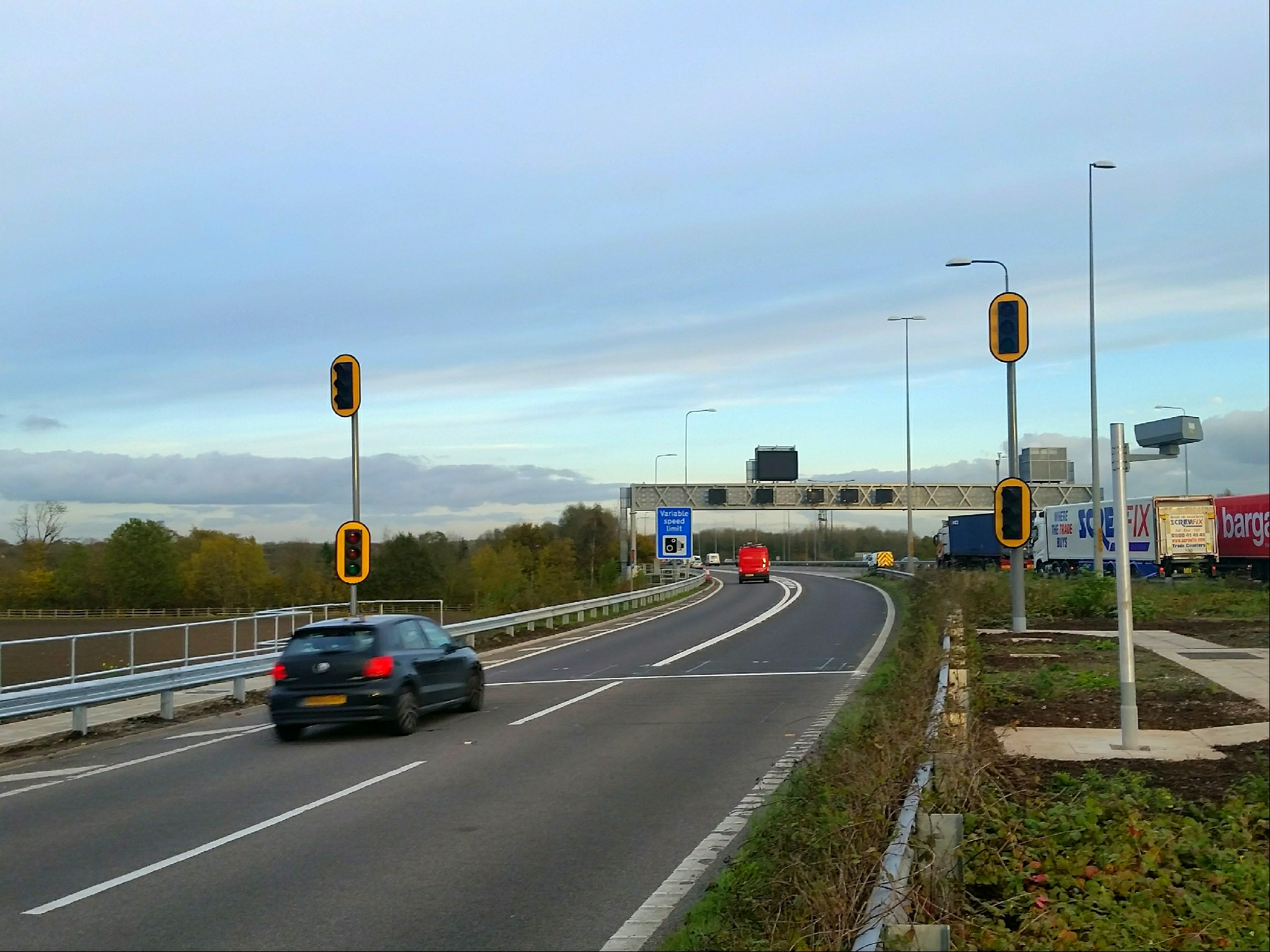
In the near future, Connected and Autonomous Vehicles (CAVs) could radically alter the infrastructure deployments on the highway network.
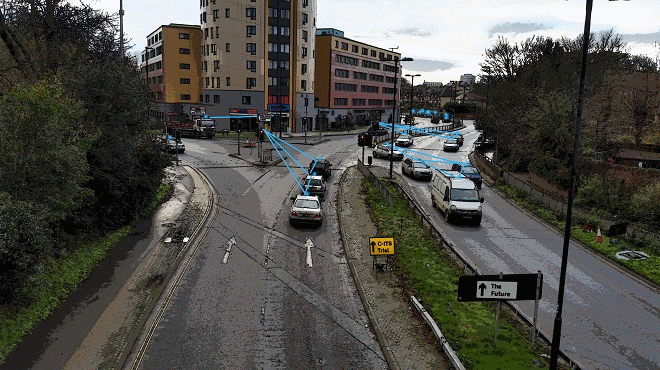
In the interim, it is probable that features to improve efficiency and safety through the provision of on-line information which equip vehicles with computerised systems which assist the driver (e.g. active cruise control and lane departure) will become increasingly sophisticated.
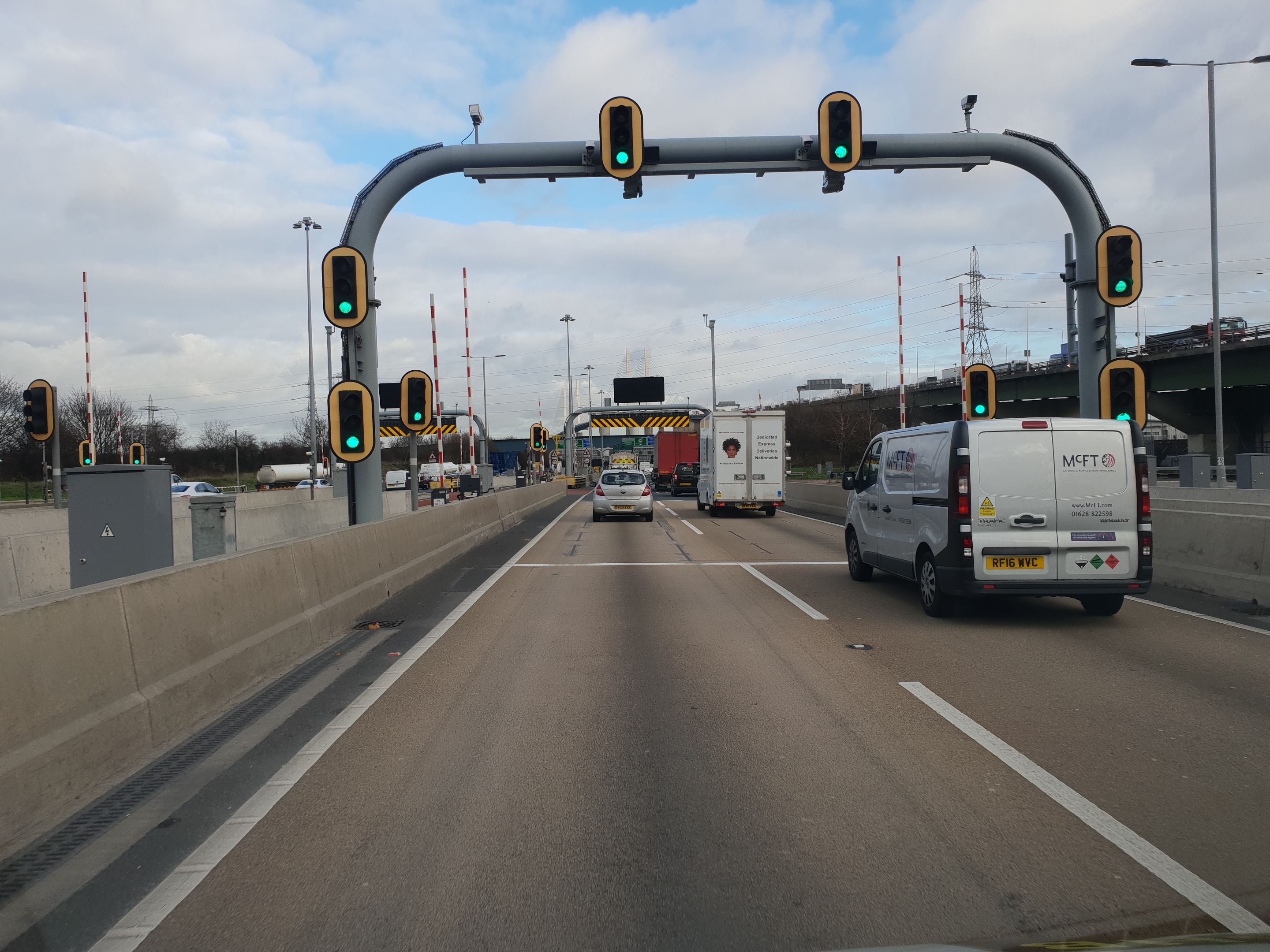
150x150.png)